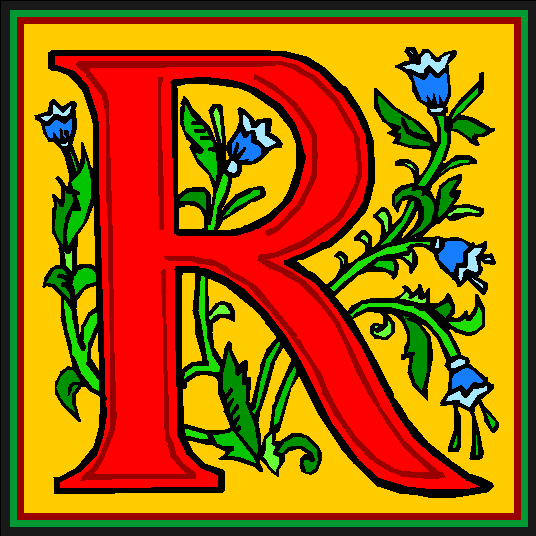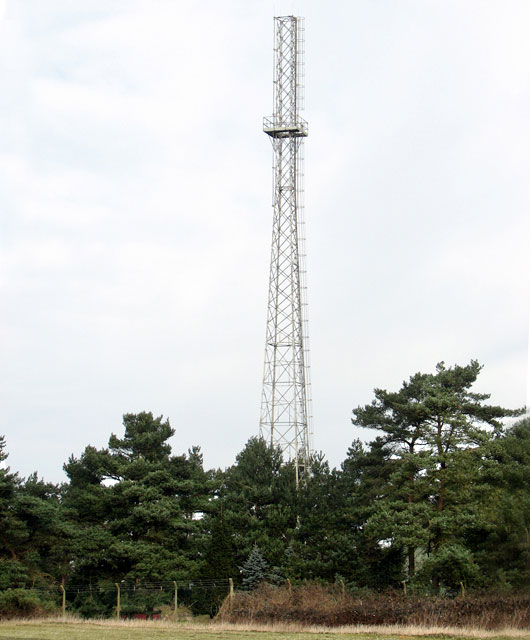 is
for the Rongai Connection
is
for the Rongai Connection is
for the Rongai Connection
is
for the Rongai ConnectionBawburgh has a close connection with a very different church, half a world away - by virtue of its name. The builders of a new church in the Rongai parish of Kenya, decided during 1955 to name their Scottish-style red-brick church, after the Patron Saint of Farm workers - Saint Walstan. Although Rongai is a farming community, the similarities with our village and theirs, end there, for it is a "mother" church for 12 other churches, and the parish is enormous. It has a compound, in which there are offices, a caretaker's house and a new Hall, which can accommodate 500 people. The area is very poor, but beautiful. We know this all at first hand, following the Markham's visit there in 1985, when a close liaison was built up. There is a flint from our own church, built within theirs, and we are not forgotten, since in their church porch, there is a description of Bawburgh, England, and a photograph of our - very different flint-church.
There are photos in existence back to 1912 with Parish Clerks/Churchwardens William Allison, John Osborne and Ben Harmer in turn wearing the impressive black velvet and satin robe, together with silver badge and chain, but it has to be assumed the fabric did not survive the test of time. It had come originally from St Mary Abbots, Kensington, via Charles Noverre. The staff and mace are still in existence.
Keith Oldrey was 18 when he did his National Service, joining in May 1955. After initial training, he was posted to RAF Horsham St Faith (now Norwich International Airport) and was delivered to RAF Bawburgh every day to work.
RAF Bawburgh was one of six Sector Operations Centres around the UK, built in the 1950s as part of the Rotor Programme to modernise the UK’s radar defences. This was at the height of the Cold War, the threat being perceived as the Eastern Bloc. The Eastern Sector Operations Centre, as it was called, comprised a guardhouse, resembling a bungalow, with a projecting rear annex that housed a stairwell leading down to an access tunnel which in turn gave access to a three storey, underground operations block, rectangular in shape and measuring 36.7 metres by 18.6 metres. The ‘bunker’ had 10-foot thick ferro-concrete walls, complete with its own borehole, generators and filtered air - all designed to give protection against nuclear attack. The interior of the bunker featured an operations room occupying the full height of the bunker, with information displayed on the wall at one end and a large table map display on the floor. Control cabins were situated on the other three walls overlooking the displays. The upper level cabins were occupied by senior officers and the middle level cabins by the ground executive, which controlled the radar and the air executive, which directed the airborne aircraft and interceptions. The bunker also contained rest rooms, lavatories, a kitchen, duty rooms and rooms for GPO telephone equipment and teleprinters. Accommodation was at RAF Horsham St Faith. The operations side closed down in 1959, but in 1968, the bunker had a fourth floor added, and was converted into a Sub Regional Headquarters, later Regional Government Headquarters; accommodation provided in the event of a nuclear attack on London. This was operational until 1992. The guardhouse building still remains, with the bunker under its protective mound. It is now in private ownership.
.jpg)
Guard House - RAF Bawburgh

Telecommunications Mast - RAF Bawburgh